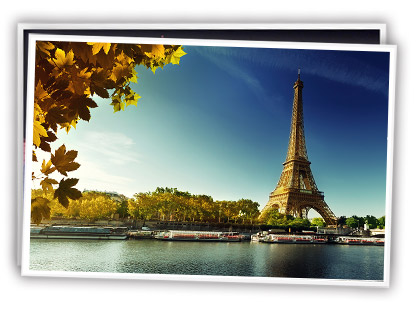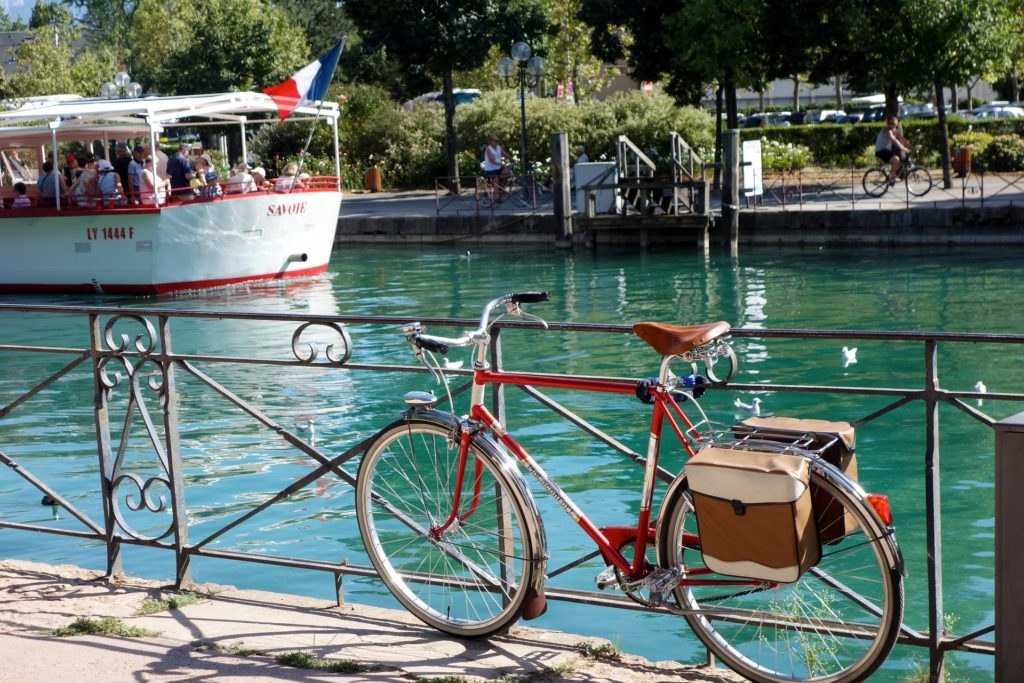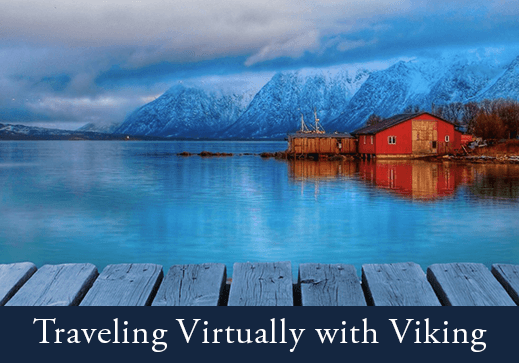France
France is a country with a wealth of history, culture and art. Whether you are spending time in Paris or exploring the cities and towns of the countryside, year-round events and sightseeing attractions make any time a good time for a vacation in France.
There are few places in Europe which capture the imagination and sense of romance as France can. France is a great place to take and make your vacation extraordinary.

Overview
One of the best ways to get to know France is to visit a local market. For visitors, all of France can seem like a market—it's one of those rare countries where every region offers something worthwhile and distinctive.
Paris represents the height of fashion, art and food—its sense of style is so strong it intimidates some visitors, yet the city can also be remarkably comfortable and intimate.
Each of the French provinces offers its own landscape and culture: the glittering crowds of the Cote d'Azur, the elegant chateaus of the Loire Valley, the hospitable vineyards of Bordeaux, the rocky coasts of Brittany, the dramatic slopes of the Alps and the Pyrenees, and the charming farms and villages of Provence.
France can satisfy just about any traveler's taste.
Geography
France is bounded on the south by the Pyrenees Mountains and the Mediterranean Sea; on the east by the Alps and the Rhine River; and on the west by the Atlantic Ocean and the English Channel. The countryside, relatively flat in the northwest, gives way to gently rolling hills in the north and west and the Massif Central (a plateau) in the center.
The regions of northern France include Brittany, which juts out of the country's northwestern corner into the Atlantic; Normandy, which extends along much of the English Channel; Picardy; and Nord Pas de Calais, which lies in northeast France along the border with Belgium.
The country's interior contains such noted districts as the Loire Valley (a large swath southwest of Paris) and Burgundy (southeast of Paris). Along France's eastern edge, butting up against Germany and Switzerland, are the regions of Alsace and Lorraine. Just to the south are the Alps, which share a border with Switzerland and Italy.
In southern France are the Basque region and the Pyrenees, which lie along the border with Spain; Languedoc-Roussillon and the Riviera (also called the Cote d'Azur), which includes much of the Mediterranean coast; and Provence, which stretches inland from a small part of the Mediterranean coast.

Things To Do
There is no lack of activities in France. Getting around in and of itself can be part of the adventure. Most every town has hiking trails (part of a network known as Grande Randonee or GR) that will wind you through forests and across farms in the country. Along the beaches, the paths are called les chemins des douaniers, named for the time when customs officials patrolled the beachfront on foot looking for smugglers.
Bicycling is also quite popular in the summer. Many people get around by bicycle all year long, and motorists treat riders with respect. Other ways to get around include renting a donkey to carry your stuff (or ride on, if you're tired) in the Limousin, or on a canal barge on the Loire River.
If you just want to lie on the beach, sail, swim or surf, there are many options. The Mediterranean Sea in the south has the warmest waters. If you prefer high waves for surfing, stick with the Atlantic coast. Fishing, sailing and other boating activities are also best on the Atlantic coast. Toward the north, on the North Sea and the English Channel, the water will be clean and clear but noticeably cooler.
Hikers can test themselves in the Alps or the Pyrenees. Skiers have their choice of some amazing skiing. In particular the three largest ski areas in France are Les Trois Vallees, in the heart of the French Alps, Paradiski in the Vanoise Massif, and Espace Killy in the Savoie Alps.
Best Time To Visit
The best time to visit France is April-October, though August can be a bit hot. The cities then tend to empty out and close down as everyone heads to the coast or other vacation spots; service suffers during this period.
Day temperatures range from the mid-60s to the 80s F/23-37 C, with nights in the 50s-70s F/10-27 C. Temperatures generally increase as you go south; the extreme south is 10 F/6 C warmer on average. May and October are the nicest months for touring, but it's often too cool to lie on the beach, even on the Riviera.
The winters are cold, wet and sometimes snowy, especially in the mountains, and can be downright miserable (lows below freezing and highs in the 50s F/10-15 C), though there is excellent skiing in the winter in the Alpine region. The Riviera is moderate during the winter, much like Southern California, but it's really too cold for swimming. In any case, take a sweater—the nights can be cool any time of the year.
Did You KNow?
- Cycling is one of the most popular sports in France, and it's an excellent way to see the countryside if you have time. Top-quality bikes, bike mechanics and thousands of miles/kilometers of beautiful roads and scenery can be found in nearly every part of the country. If you're in Paris in late July, be sure to troop down to the Champs-Elysees to witness the finish of the granddaddy of cycling races, the Tour de France.
- Blue jeans were a U.S. innovation, but the fabric they're made from has its origin in the southern French city of Nimes. Denim means "from Nimes."
- Authentic champagne can only come from the Champagne region of France. Sparkling wines produced anywhere else—even if they're made according to the methode champagnoise—are simply sparkling wines.
- The French take great pride in their sense of taste and discrimination, yet their sensibilities can be baffling to outsiders. Sylvester Stallone was dubbed a living legend of modern culture by a French Minister of Culture and was inducted into the French Order of Arts and Letters. He joined Jerry Lewis ("he's so shallow, he's deep") as a cultural icon in France.
- Orleans, midway between Paris and Tours, is the site of Joan of Arc's most important battle. Her statue stands on the Place du Martroi.
- The town of Falaise has a statue of its most famous son, the first King of England, William the Bastard. (The English prefer to call him William the Conqueror.)
- The number of French who speak English has increased dramatically in recent years. About 85% of French students learn English in school. If you don't speak French, you should still be able to communicate; many French people speak at least some English.



